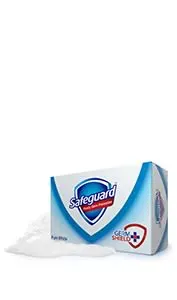- Home/
- Health Education/
- Germ & Infectious Disease/
The Four Categories of Germs
The Four Categories of Germs
SHARE
"Germ" isn't a technical medical term, 1but it's used to refer to illness-causing bacteria, fungi, and viruses. You'll find germs on every surface you touch. Here's a look at the four types and the kinds of illness they can cause.
- Bacteria: Bacteria are separated into two categories - Gram Negative and Gram Positive. Gram Negative bacteria is linked to diarrhea and certain types of pneumonia, among other illnesses, while Gram Positive bacteria can cause skin infections and other conditions.
- Fungi: While you can come in contact with fungal spores without getting sick2, common conditions they can cause include dandruff and athlete's foot. More serious diseases caused by fungal spores include bloodstream infections and meningitis.
- Virus: Like fungal spores, many viruses cause no illness or disease at all. Others can cause anything from warts to influenza to measles, mumps, and rubella.3
Good and Bad Bacteria
It's common to think of bacteria as bad because of the illness they can cause, but not all bacteria are bad. In fact, some help strengthen your immune system, and others are used to make dairy products and antibiotics, just to name a few of the good things they do.4
The dangerous types are pathogenic bacteria, along with fungal and viral microbes, which cause illness.5 You can protect your family from pathogenic bacteria through good hygiene and healthy habits, in and outside of your home
Protecting yourself and your family from germs
When you come in contact with germs, they multiply on your skin, with each germ doubling every few minutes. That's what makes good hygiene habits-such as keeping your hands away from your face and frequent hand washing with antibacterial soap-your first line of defense in protecting yourself and your family from illness.
Learn more about effective hand-washing basics.
1 2 3 4




